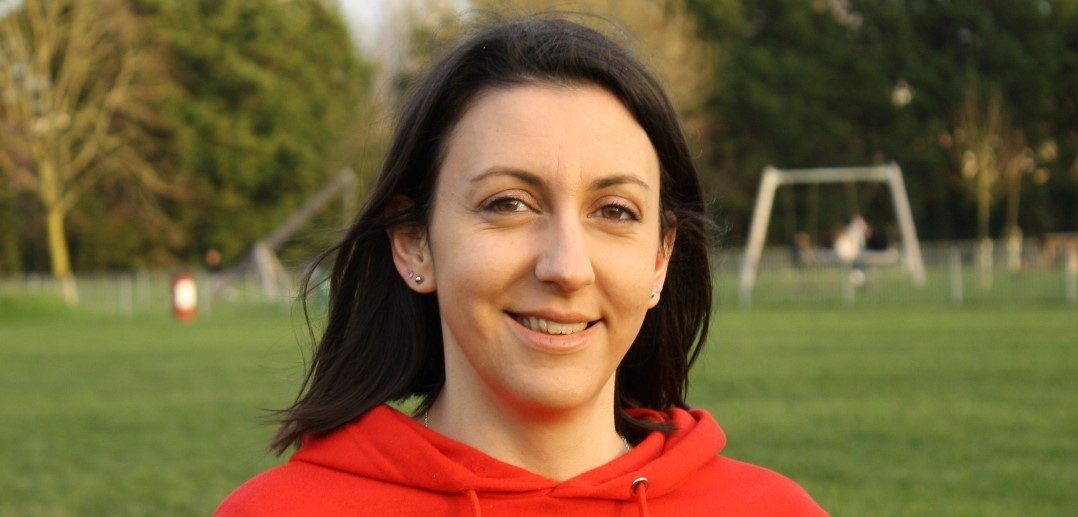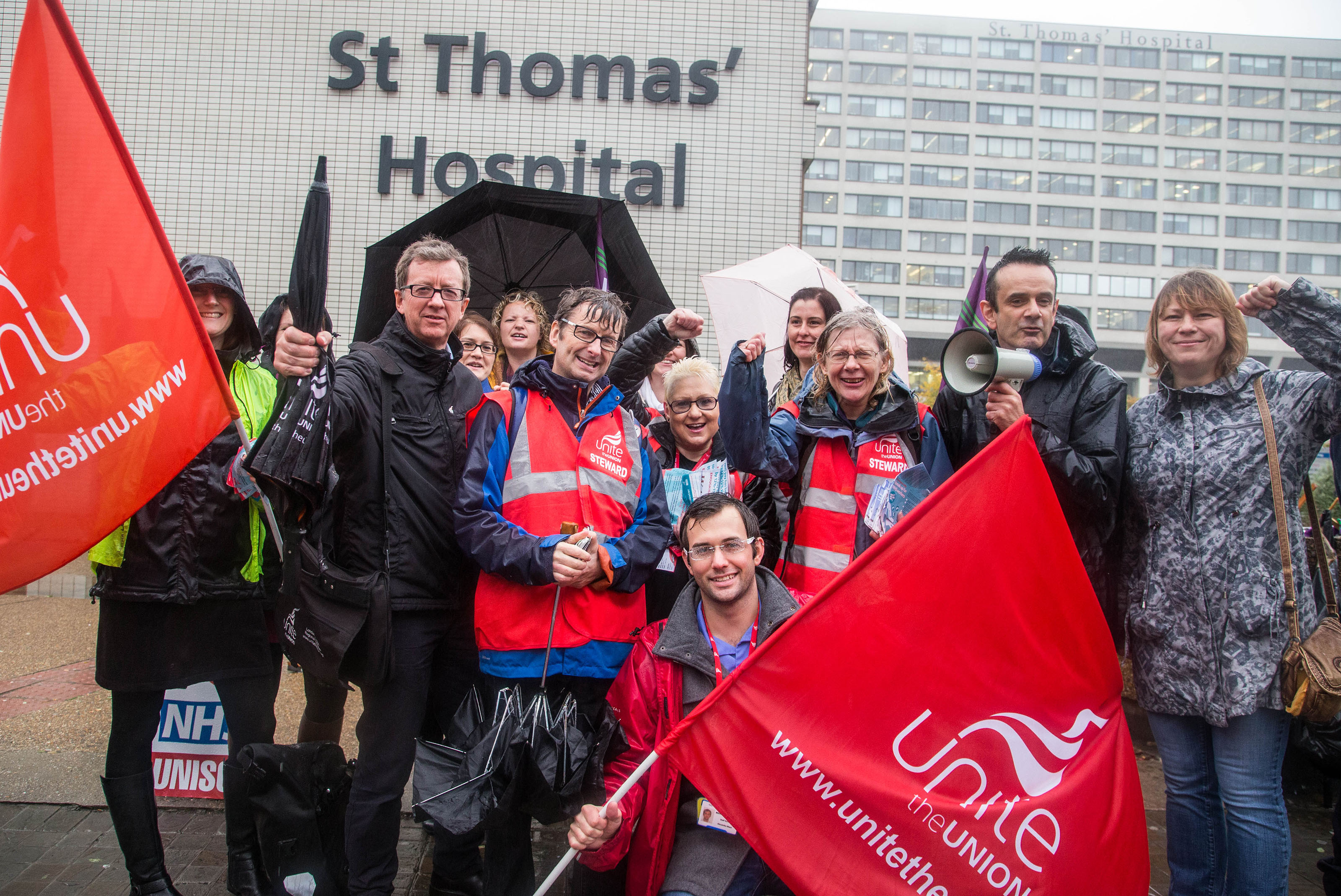Poring over the polls
Close to three weeks after the general election campaign kicked off proper, psephologists are still poring over the polls to get an idea of what parliament could look like after the election.
And the campaign so far has seen a strong showing from Labour and Ed Miliband, Cameron acting like a chicken ducking out of debates and Clegg stuck in cloud cuckoo land and hoping his seat is safe (when surely his pants should be on fire over his broken pledges).
The Greens have not got over the Natalie Bennett’s brain fade and Ukip’s nasty Nigel is throwing his toys out of the pram accusing last night’s audience in the â€challengers debate’ (specially selected to be representative of the country) as “biased”.
But while the news agenda changes by the day, if not the hour, what does it mean on the ground? What do people really think about politicians, and which way will they vote?
That’s when the pollsters are called in, and there a whole slew of names that are notable for finding out what people think, from ComRes to ICM and Ipsos Mori to YouGov. The polls guide what politicians say, with focus groups testing the big ideas, although most of that data is kept by those very politicians rather than shared more widely with the general public.
What is shared is the main figures of the state of the parties, namely who’s up and who’s down?
YouGov figures
So let’s look at the figures from one pollster, YouGov, and see what people are saying.
Every day this week YouGov has published a poll, Labour’s lead has been between one and three points while the Tories have been mired on a third of the vote, Ukip have scored 13 per cent in four out of five pols while the Lib Dems are mired on seven to eight per cent (or about a third of their share back in 2010) and the Greens are hovering around five per cent (see the details here: YouGov April 2015. Full tables).
So how does that compare to the past month. Well at the start of the campaign on 30 March YouGov had Labour and the Tories tied at 35 per cent (YouGov March 2015. Full tables), so both main parties have lost a little, but that’s still within the margin of error.
How about at the start of the year? Back to YouGov and on 6 January the polls had Labour and the Tories tied yet again, this time on 33 per cent a piece. Guess what. Ukip were on the unlucky 13 per cent while the Lib Dems languished on 7 per cent (YouGov January 2015. Full tables). Sound familiar? Yep, it’s all within the margin of error.
So what does that mean? Well put aside the polls and let’s look at the polices and the difference becomes clear. Labour will stand up for working people and the Tories will clamp down on them.
Labour has pledged to abolish zero hours contracts, raise the minimum wage, build more homes, reduce tuition fees, freeze rail fares and launch an all-out assault on tax avoidance.
The Tories will continue with yet more cuts, reduce benefits, sell off affordable homes on the cheap, restrict workers’ rights to strike, and let the private sector take over the NHS.
Stark choice
Are these policies reflected in the polls? Well, the refrain “all politicians are the same” may be common, but the reality is that there is a stark choice for working people on May 7. When push comes to shove, the polls are really just a quick snapshot of what is happening when and where they were taken, with the slight shifts this week – or this year – the reality is that the election comes down to the policies, and that is what people should be keeping an eye on, and on that note the choice is clear. Vote Labour on May 7.
And if you don’t believe me or the polls for that matter, and you think polls don’t count, then why not consider Persephone the psychic octopus. She’s nailed her colours to the mast and predicts a win for Labour and Ed Miliband, and is probably as reliable as the polls at predicting the outcome.
Find out more here: General election: Psychic octopus Persephone picks Labour to win on 7 May…
- Pic by Blue Reef Aquarium Newquay
 Like
Like Follow
Follow


